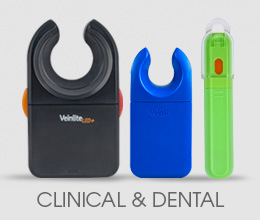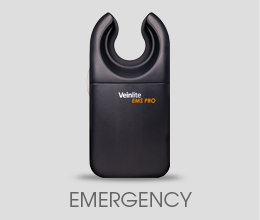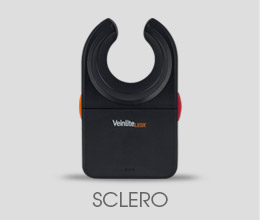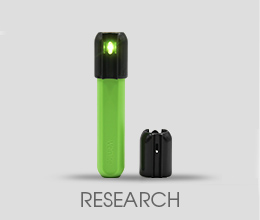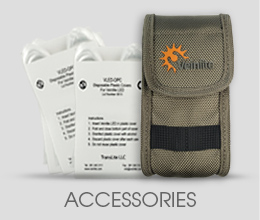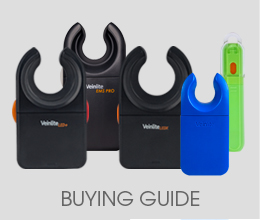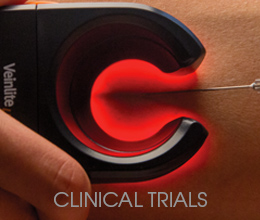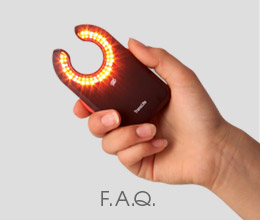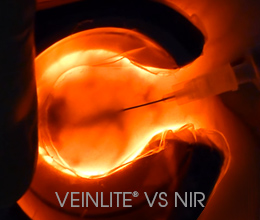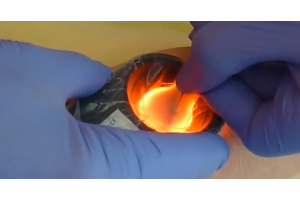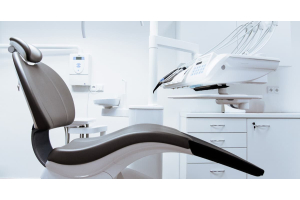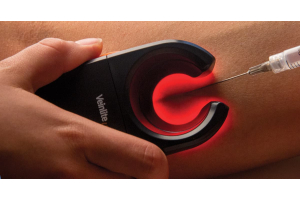Infiltration and Extravasation: Complications of Peripherally Inserted Catheters in Children

By Merve Gümüş and Nizar Mullani
Infiltration and Extravasation – What Are They and Why are they Important?
Infiltration and extravasation are harmful events that can occur during vein access and specifically IV access. They can be minimized with extra training and assistance from vein access tools.
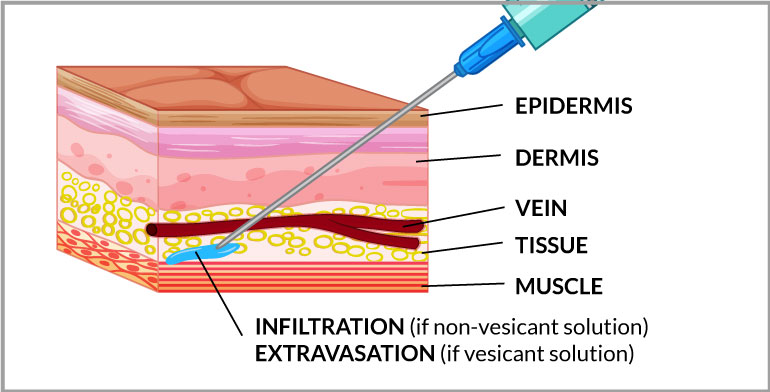
Successful IV access requires placing the needle or catheter into the vein. Penetrating through the vein wall and injecting into the surrounding tissue can be harmful.
Infiltration
If during the insertion of the needle into the vein, the needle penetrates through the vein and into the surrounding tissue, the fluid being infused can accumulate in the tissue also known as infiltration. The leakage of infuscate into the tissue causes bulging in the tissue, which can subsequently compress the vein and block it. The effect of the solution on tissue cells will depend on the chemical makeup of the solution.
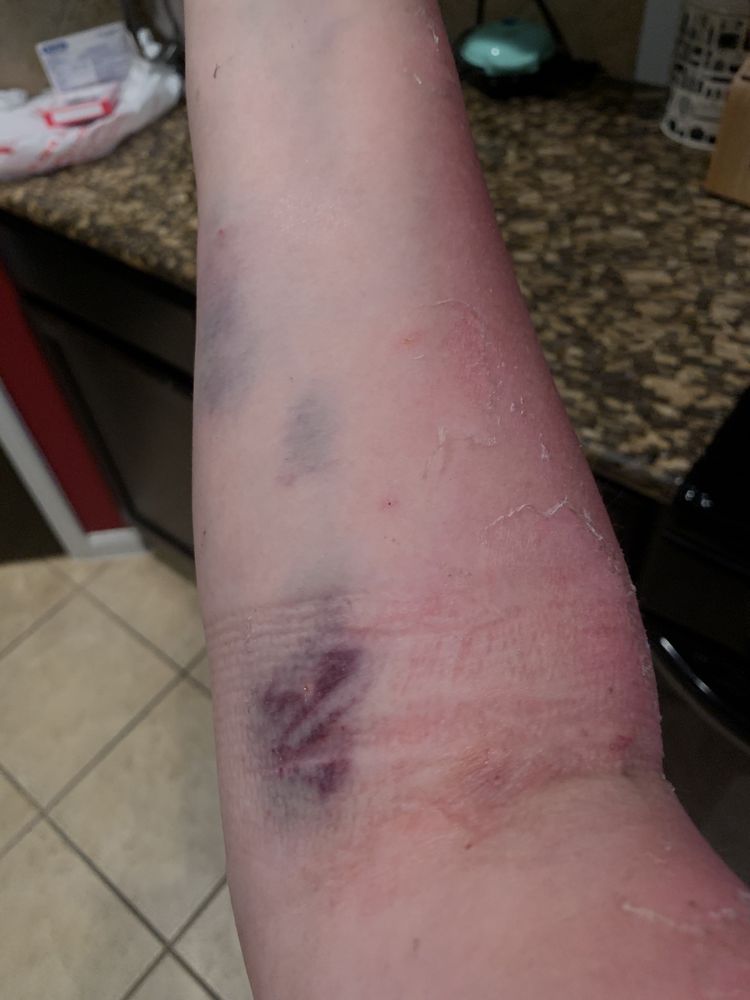
Patient photo of infiltration with dye contrast solution.
Extravasation
If the fluid being infused is toxic to the tissue, the Infiltration can result in damage to the tissue and the process is called Extravasation. Both infiltration and extravasation are harmful to the patient since they can cause damage to the tissue surrounding infiltration site.
What are the Incidences of Infiltration and Extravasation in Children?
Peripherally inserted catheters are necessary for infusing fluids and medicines into patients. But, Infiltration and Extravasation of fluids into the tissue can often lead to tissue damage at the site of the leakage from the vein. How common is this complication and can it be reduced? According to a recent publication by Ozalp et al (1), who inserted 297 catheters in 173 children, Infiltration occurred in 2.9% of the patients and extravasation occurred in 2.3% of the patients.
What are the Complications of Infiltration and Extravasation?
While the numbers of Infiltration and Extravasation seem small, the complications from tissue damage in the area of the catheter can be serious.
Can Veinlite Help Reduce Infiltration and Extravasation in Children?
Veinlite's vein access devices empower healthcare providers in delivering better patient care, from the very first stick. That includes finding a suitable vein, adding traction and preventing veins from rolling for greater IV access precision. We'll cover these benefits in more detail in Part 2 of this blog. You trust us with your vein access tools so trust us on this…you won’t want to miss it!
Reference


